India Tractor Industry 2025: Record 45% Sales Growth, New Investments & Export Boom
 Ishita Sharma 2025-10-19
Ishita Sharma 2025-10-19

The domestic tractor market in India has witnessed a striking surge recently. For instance, in September 2025, the industry recorded 146,180 units sold, which is a year-on-year jump of about 45.39% compared to September 2024 (100,542 units).
Major players’ performance in that month:
-
Mahindra & Mahindra sold 64,946 units (up ~50.3%) and increased its market share to ~44.43%.
-
TAFE sold 27,530 units (growth ~53.1%) and market share rose to ~18.83%.
-
Sonalika sold 17,971 units (growth ~25.6%) but its market share declined to ~12.29%.
What’s driving this growth?
-
A favourable monsoon and strong kharif sowing momentum are boosting tractor demand.
-
Rural income pressures easing, and mechanisation trends picking up.
-
Manufacturers and dealers incentivising purchases ahead of festive seasons.
Why it matters:
This strong uptick indicates not just pent-up demand but also a possible structural shift in how agriculture is mechanising in India. For farmers and stakeholders, this implies opportunities (and challenges) in equipment supply, financing, after-sales, and service networks.
India as a Global Manufacturing & Export Hub
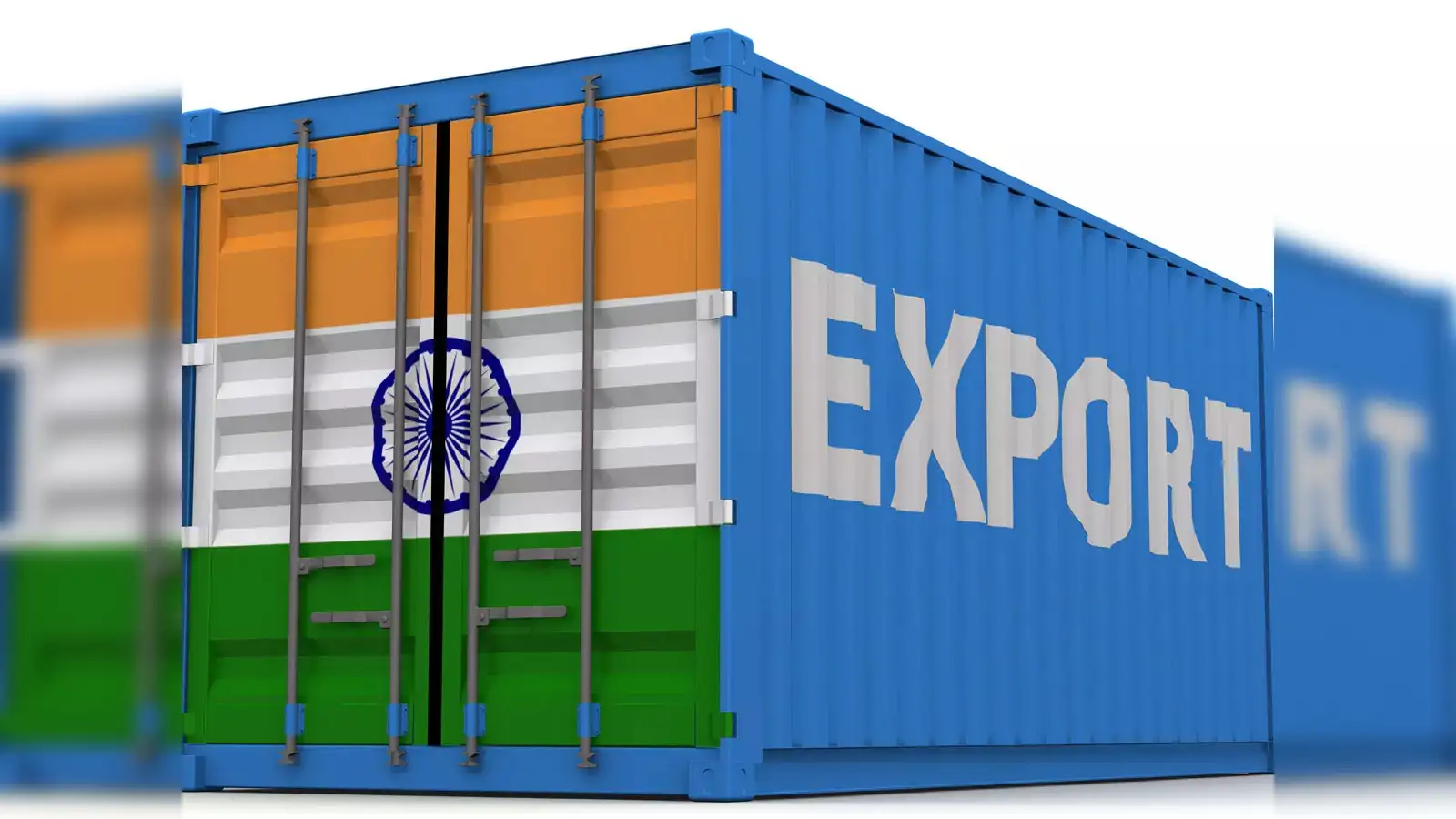

6
Another big development: Indian-made tractors are increasingly finding their way into international markets. According to a recent report, Indian tractors now reach 162 countries, helped by alignment with stricter emission norms and manufacturing upgrades.
For example: CNH Industrial India (through its New Holland brand) made ~51,000 tractors in 2024 at its Greater Noida plant — of which ~14,000 were exported.
Why this trend matters:
-
Being export-ready means capacity utilisation improves and manufacturing ecosystems scale.
-
Exposure to global markets pressures Indian OEMs to improve quality, features and emission compliance.
-
Diversifies risk (less sole dependence on domestic demand).
-
However, global markets bring currency & tariff risks, and require service/network after-sales abroad.
Major Investment Commitments & Capacity Expansion

Reflecting their ambitions, major global and domestic players are making sizeable investments in India’s tractor/manufacturing sector. Notably:
-
Kubota Corporation (in partnership with Escorts) announced an investment of ₹2,000 crore in Haryana for tractors and farm equipment manufacturing.
-
Broadly, industry watchers expect India’s tractor sector to cross the 1 million units annual domestic sales mark by 2026, up from ~883,095 units in FY 2024-25.
Implications:
-
With strong investments, job creation in manufacturing, supply-chain, parts and ancillary industries will rise.
-
Farmers may benefit from more models, better features and possibly improved pricing (due to scale).
-
On the flip side, OEMs must carefully manage excess supply risk, cyclical demand (linked to monsoon/harvest), and evolving emission/regulation requirements.
Key Challenges & Risks


Despite the bright outlook, there are some headwinds that industry players (and farmers) must keep in mind:
-
Seasonality & demand variability
Tractor demand is closely tied to monsoon, sowing seasons and crop cycles. A weak monsoon or low crop prices can quickly dampen demand. -
Regulatory & emission norm transitions
With stricter emission standards (TREM-V) looming, OEMs face cost pressures in redesigning engines and technologies. These costs may reflect in pricing for farmers. -
Competitive intensity & margin pressure
As many players expand, competition (domestic and international) is increasing. Market share shifts (see Sonalika’s share drop despite volume growth) show the pressure. -
After-sales service & rural penetration
For many farmers, especially in smaller towns/villages, availability of spare-parts, service network, and trained technicians remain critical. Without support, adoption of mechanisation may lag. -
Global export risks
While exports are growing, global demand cycles, tariffs, exchange-rate fluctuations, and logistical issues remain real risks.
What it Means for Farmers & the Rural Economy
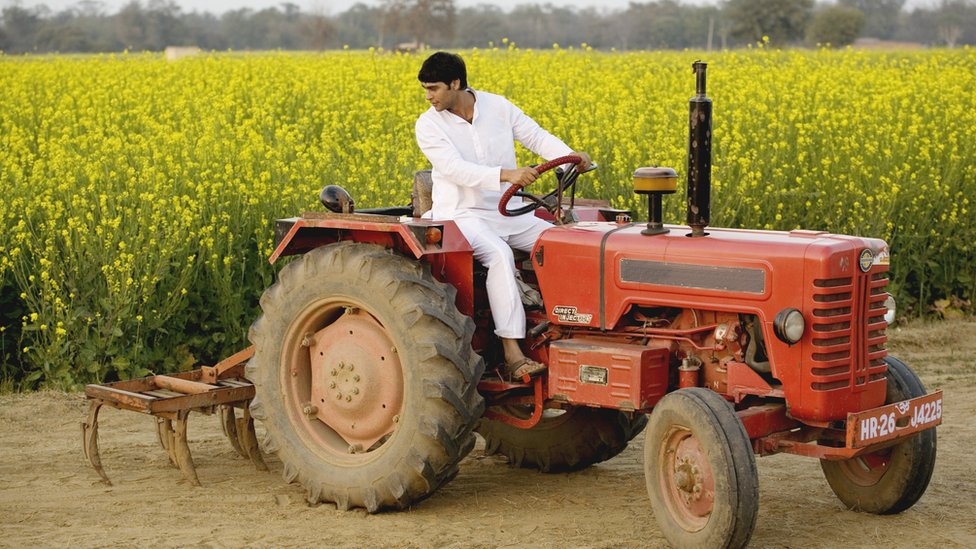

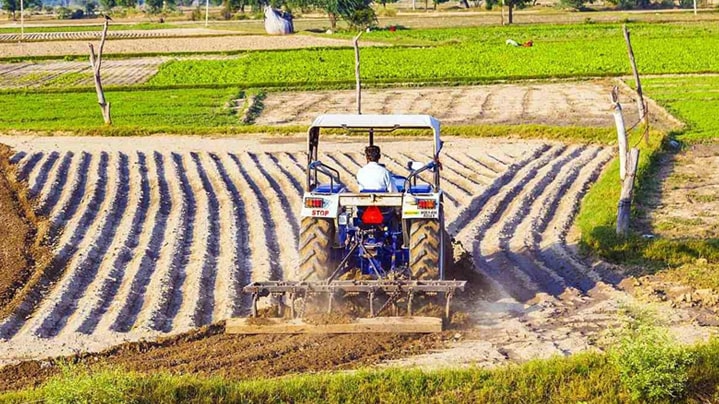
For farmers and stakeholders in rural India:
-
Better access to mechanisation: With more models, better financing deals, and strong dealer networks, farmers have improved chances to upgrade from older tractors or adopt new ones.
-
Choice matters: With more brands and investments, features like cabin comfort, higher horsepower, better fuel-efficiency and attachments are increasingly available (e.g., HVAC-cabin tractors recently launched).
-
Financing & costs: Given rising product sophistication, cost of ownership, maintenance and financing remain critical. Farmers should evaluate total cost, service network, resale value.
-
Productivity gains: The broader trend of farm mechanisation beyond just tractors (harvesters, implements, digitalisation) means tractors are part of a bigger picture for efficiency.
-
Stay alert to policy/support: Subsidy schemes, favourable financing, trade-in programmes and farm-mechanisation incentives may influence timing and choice of purchase.
Outlook & What to Watch
-
Will the sector cross the 1 million domestic units mark as projected by 2026? If rural incomes, monsoons and crop prices hold up, likely yes.
-
How will emission regulations and global export demand shape tractor design, features and pricing going forward?
-
Which players will consolidate market share and how will the competitive landscape evolve (both domestic and global players)?
-
How quickly will mechanisation beyond tractors (implements, digital/precision farming tools) gain traction, and how will tractors interface with this shift?
-
For farmers: how will second-hand markets, resale values and service networks evolve as more units come into the field?
In short: The tractor sector in India is bullish, with healthy demand, rising exports, and strong investment commitments. But maintaining momentum will require balancing capacity with demand, navigating regulation, deepening service networks and ensuring value for farmers.

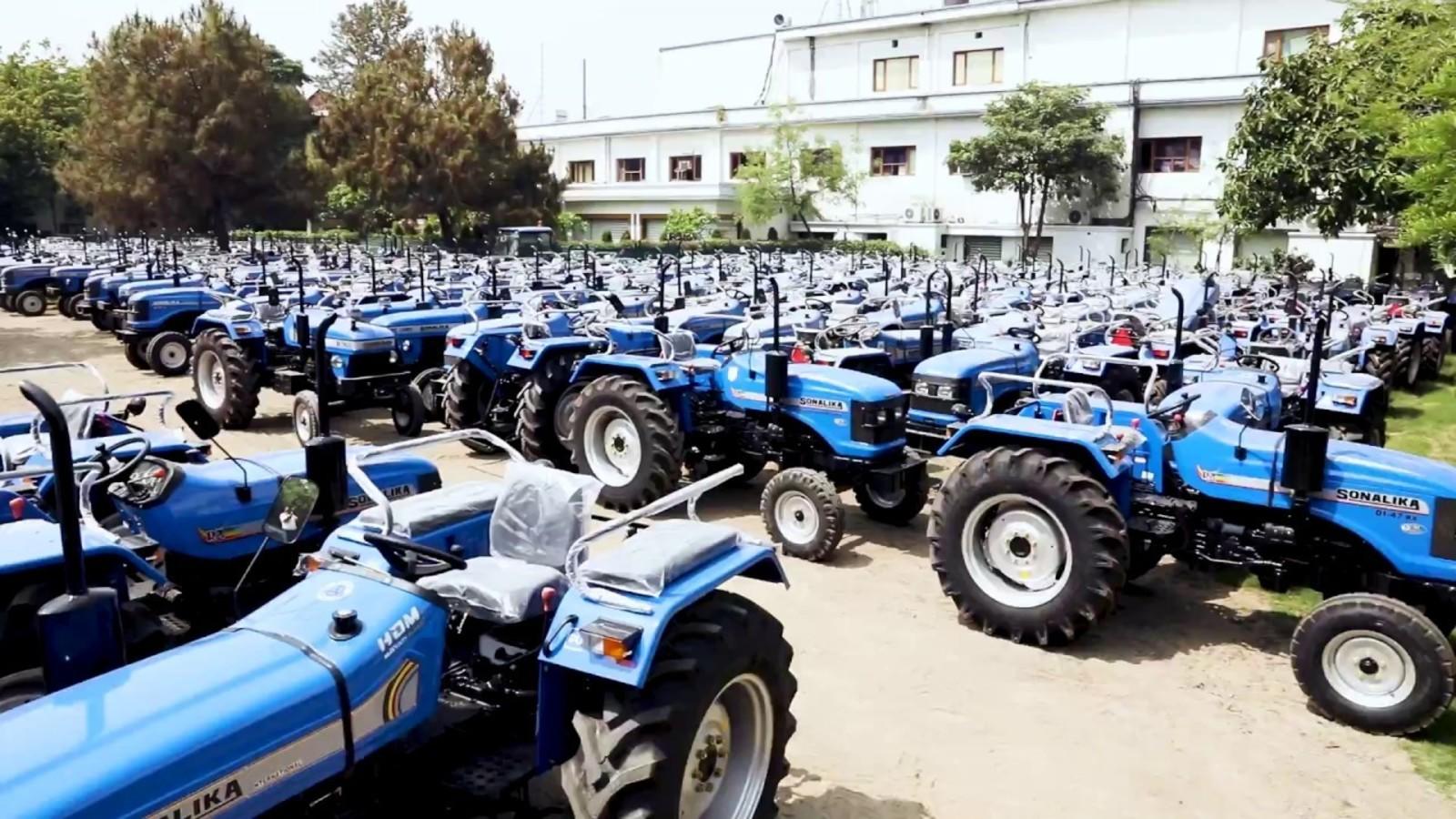






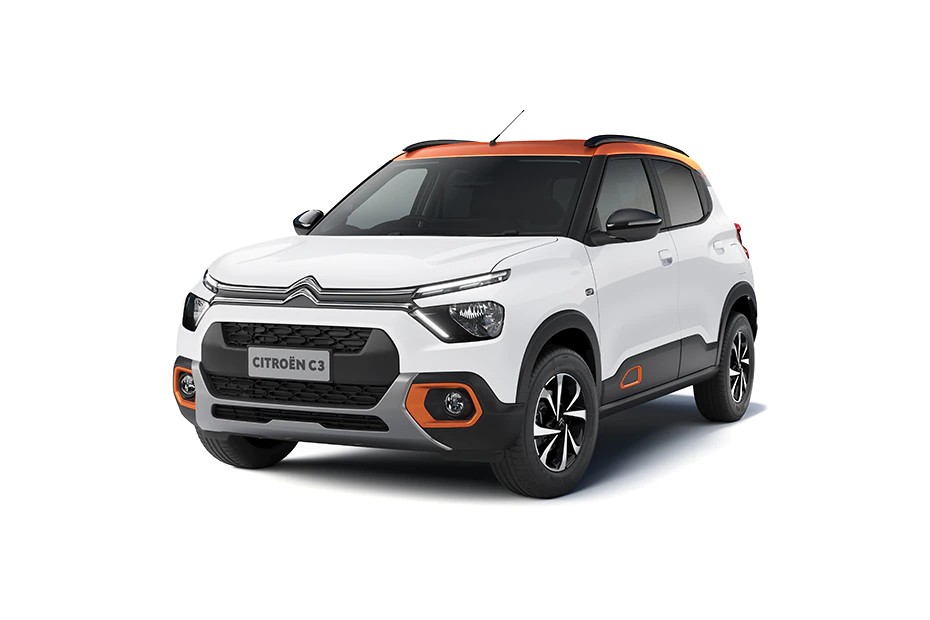

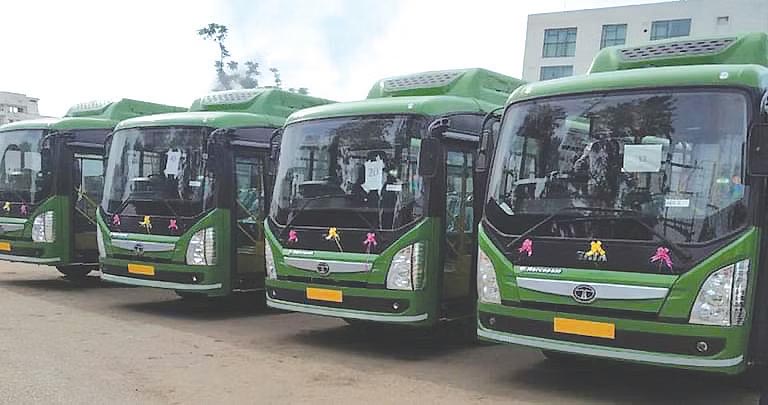

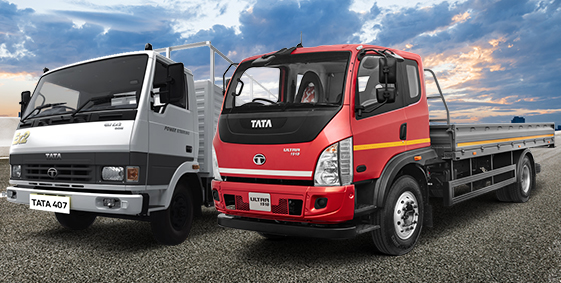
.jpg)

.jpg)


.jpg)
